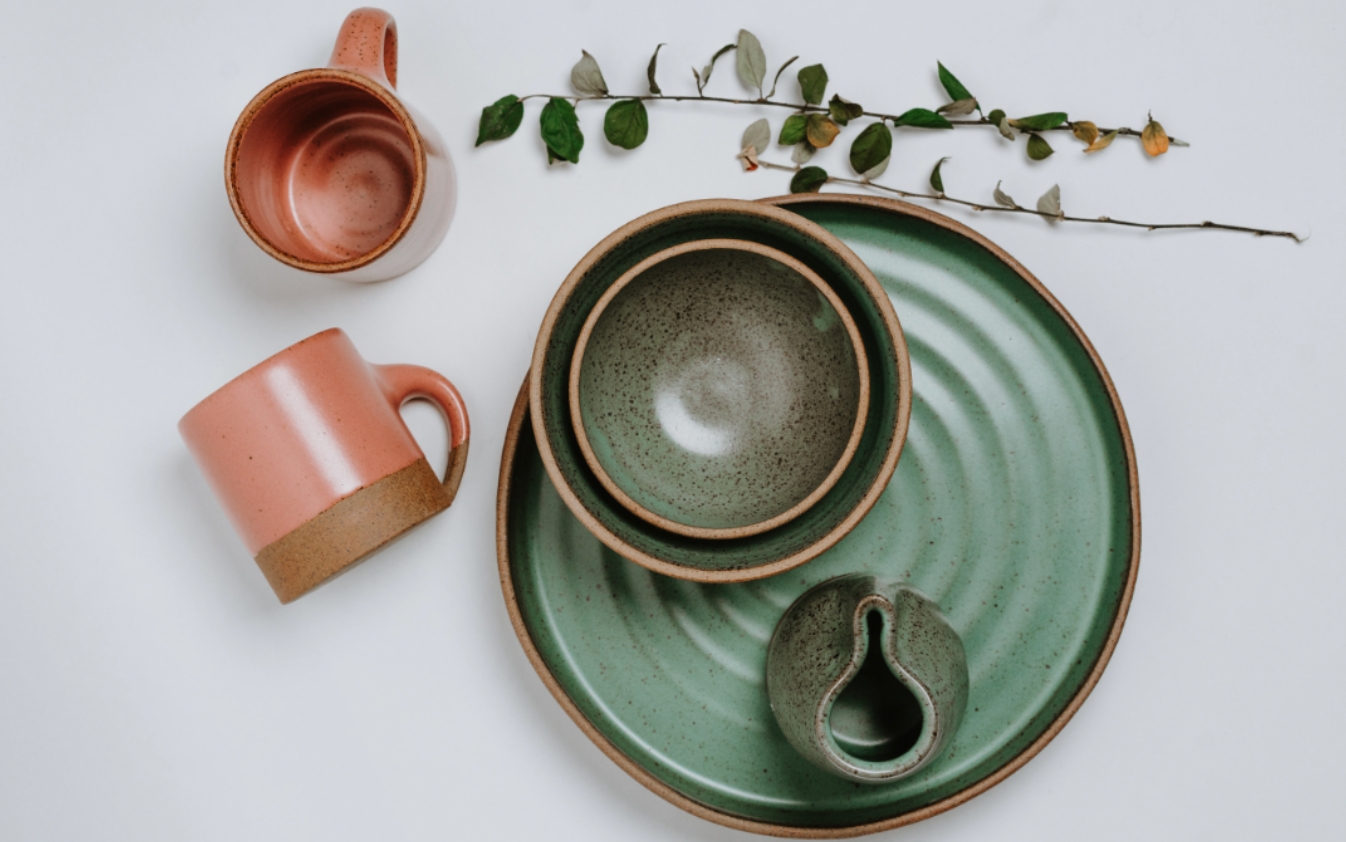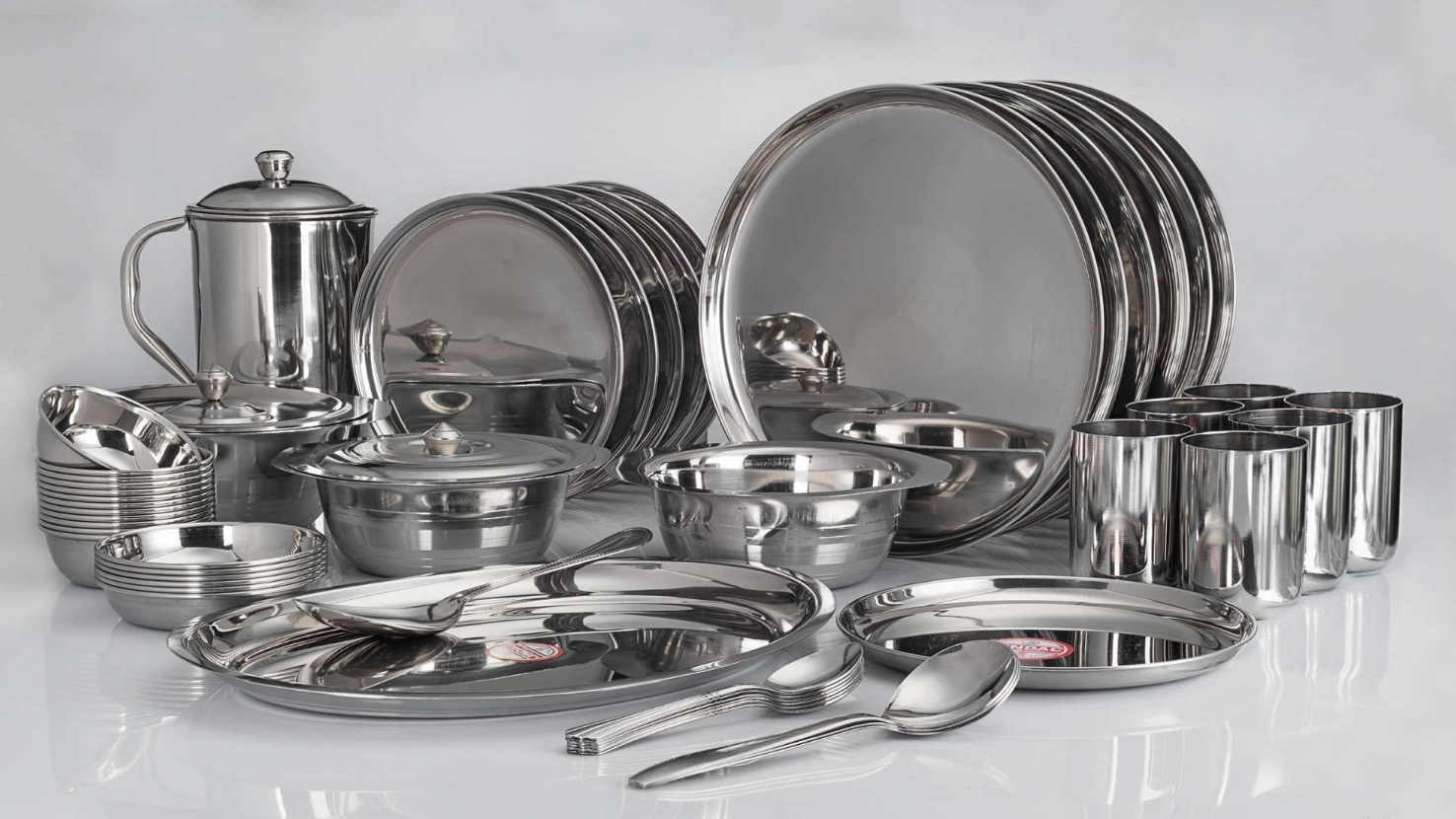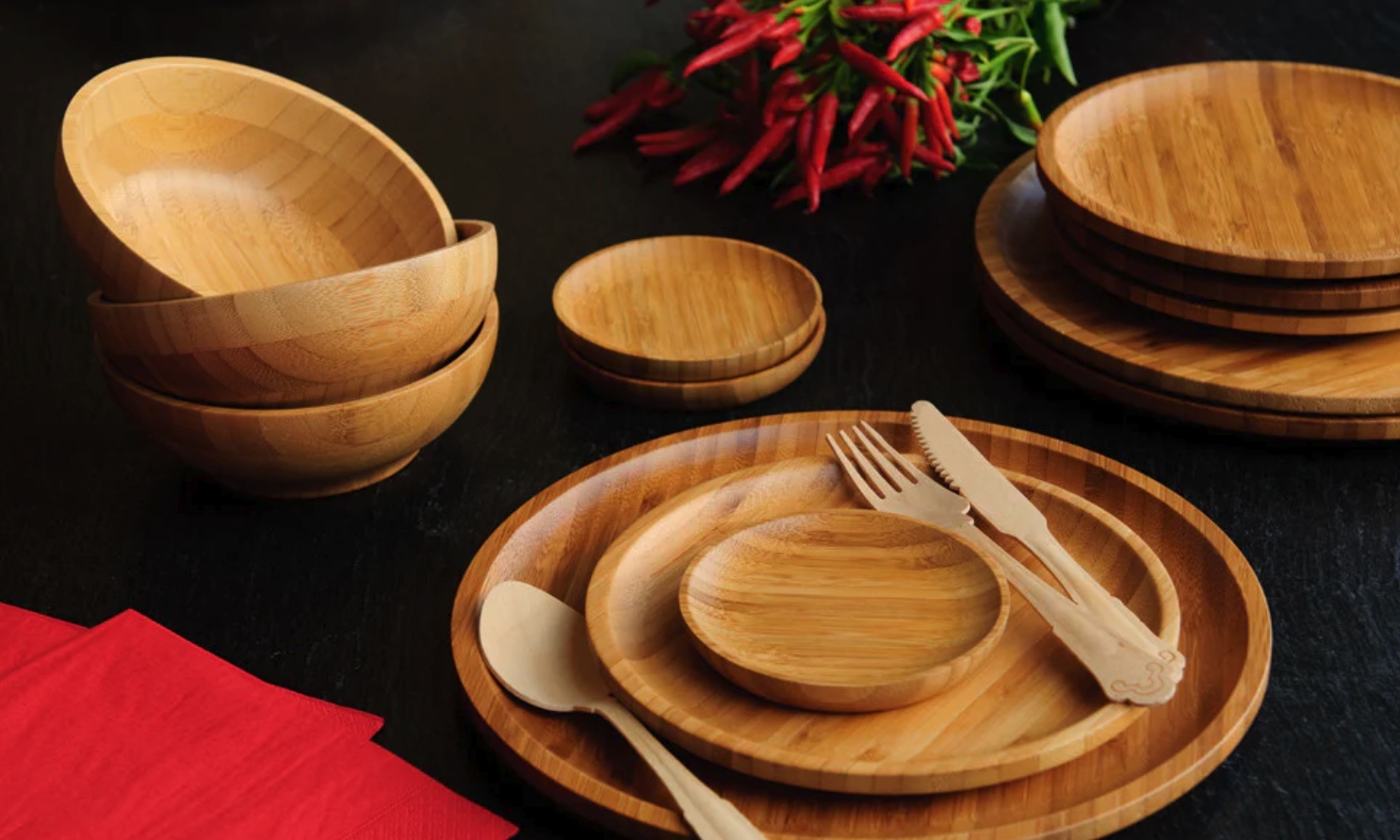At the dining table, tableware is not just a tool for eating; it also reflects the quality of life. With the growing awareness of health and environmental protection, choosing the right tableware material has become particularly important. This article will delve into four common tableware materials: ceramic, stainless steel, bamboo, and glass, discussing their characteristics and suitable occasions.
Ceramic Tableware: A Choice of Tradition and Elegance
Ceramic tableware is known for its long history and elegant appearance. This material has good thermal insulation properties, maintaining the temperature of hot dishes such as soups and stews. Ceramic surfaces are smooth, easy to clean, and free from harmful substances, ensuring food safety. However, ceramic tableware is fragile and prone to breakage, requiring extra care during handling and use. Additionally, ceramic tableware is suitable for formal occasions and family gatherings, with a wide range of designs from minimalist modern to vintage styles, adding a touch of sophistication to the dining table.
Stainless Steel Tableware: The Representative of Modern Durability
Stainless steel tableware is favored for its durability and ease of cleaning. It is resistant to rust, has good heat resistance, and is suitable for outdoor picnics or travel. Stainless steel tableware has a moderate weight and feels good in the hand, and it does not easily scratch. However, stainless steel has poor heat conductivity, which may affect the taste of food. Moreover, stainless steel tableware may not be as visually appealing as ceramic or glass, but it is undoubtedly the top choice in terms of practicality.
Bamboo Tableware: A Choice of Environmentalism and Nature
Bamboo, as a renewable resource, is increasingly popular for its eco-friendliness. Bamboo tableware is lightweight, durable, and has natural antibacterial properties. They often have a rustic beauty, suitable for families who prefer a natural style. However, bamboo tableware requires regular maintenance to avoid prolonged soaking in water, which can lead to deformation or mold. Bamboo tableware is suitable for everyday use, especially in households pursuing a healthy lifestyle.
Glass Tableware: The Epitome of Transparency and Modernity
Glass tableware is welcomed for its transparency and modern feel. It does not alter the taste of food and is easy to clean without leaving residues. Glass tableware is suitable for serving cold dishes, salads, and desserts, as it does not absorb food colors or odors. However, glass tableware is fragile and requires careful use. In terms of design, glass tableware can be very delicate, making it ideal for formal dinners or special occasions.
Applicable Occasions and Selection Suggestions
When choosing tableware, consider the occasion, usage habits, and personal preferences. For example, if you often host formal dinners, ceramic tableware may be the best choice. If you frequently go on picnics, the durability of stainless steel tableware is an important consideration. For families pursuing a natural lifestyle, bamboo tableware is undoubtedly an eco-friendly and distinctive choice. And for those who prefer a modern minimalist style, glass tableware will be an ideal addition.
Conclusion
Each tableware material has its unique charm and suitable occasions. When selecting, consider your lifestyle, dietary preferences, and environmental concerns. Whether it’s traditional ceramic, modern stainless steel, natural bamboo, or transparent glass, the right tableware can make every meal more enjoyable.
![]()











